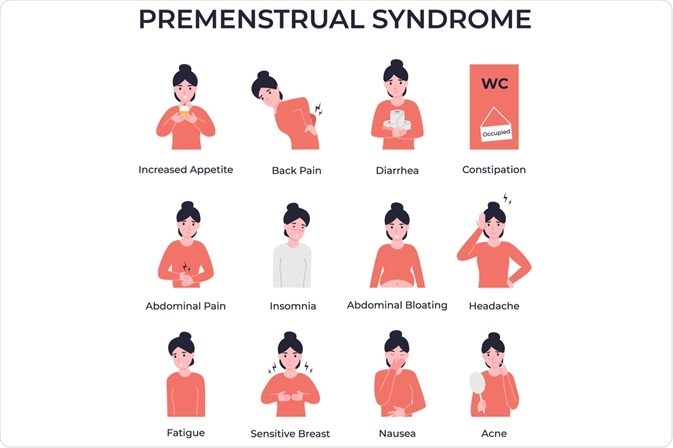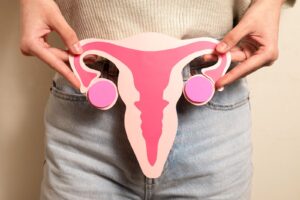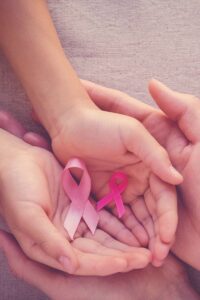PMS: Everything You Need to Know About Premenstrual Syndrome

Around 75% of women report experiencing symptoms of premenstrual syndrome every month – ranging from mild mood changes to intense physical pain and emotional exhaustion. If you are among this majority, it’s time to understand what truly happens in your body and how you can manage it effectively.
What is PMS and Why Does It Happen?
Premenstrual Syndrome (PMS) refers to the set of physical and psychological symptoms that appear a few days before menstruation begins. It is caused by hormonal fluctuations during the luteal phase, mainly the drop in estrogen and progesterone levels. These hormonal shifts affect serotonin — the “feel-good” hormone — creating a cycle of fatigue, irritability, and pain.
The Most Common Symptoms
- Breast tenderness or swelling
• Cramps and lower abdominal pain
• Fluid retention and bloating
• Mood changes, irritability, or sadness
• Acne or oily skin
• Cravings for sweets or salty foods
• Headaches and insomnia
In 5–8% of women, symptoms are so severe that they are classified as PMDD (Premenstrual Dysphoric Disorder) — a more intense form of PMS that significantly impacts daily life and requires medical supervision.
Natural and Medical Solutions
Managing PMS is multifactorial, as every body reacts differently. The most effective approaches include:
Nutrition
- Reduce caffeine, sugar, and alcohol.
• Increase your intake of magnesium (nuts, leafy greens) and vitamin B6 (tuna, chickpeas, bananas).
• Prefer smaller, more frequent meals to stabilize blood sugar levels.
Exercise & Wellness
- Gentle exercise such as Pilates, Yoga, or walking helps relieve tension and improves circulation.
• Sleep is fundamental — aim for 7 to 8 hours per night.
• Mindfulness practices, breathing exercises, and meditation help regulate stress.
In cases of severe PMS, a gynecologist may recommend:
• Magnesium, vitamin D, or evening primrose oil supplements
• Hormonal contraception (e.g., pill or IUD)
• Medication for PMDD under medical guidance
PMS Is Not an “Exaggeration”
For decades, PMS symptoms were dismissed as “psychological.” Today, science recognizes it as a real biological and hormonal condition. Awareness and acceptance are the first steps to ensuring that women no longer feel guilt or weakness — but empowerment and self-knowledge instead.
PMS Around the World: Rights & Social Policies
The conversation around menstruation and PMS is not only about health — it’s also about equality. Some countries officially recognize menstrual leave for women who experience severe menstrual pain. For instance, Japan has allowed “menstrual leave” since 1947, while in 2023, Spain became the first European country to grant up to three days of menstrual leave by law.
Similarly, free access to period products is increasingly viewed as a matter of public health and equality. Since 2020, Scotland provides free period products to all women; France and Canada have introduced pilot programs in public spaces and universities; and in Greece, since 2023, initiatives in schools and community pharmacies aim to reduce “period poverty.”
The New Culture Around PMS
Times are changing: more and more women speak openly about their cycle, track it through menstrual tracking apps, and seek support without stigma.
PMS is not a weakness — it is a communication mechanism of the body, showing us the need for care, balance, and awareness.
Conclusion
PMS is part of the female experience, but it should never define a woman’s life.
With education, proper medical guidance, and cultural acceptance, every woman can turn these days from “difficult” into days of self-care and empowerment.














